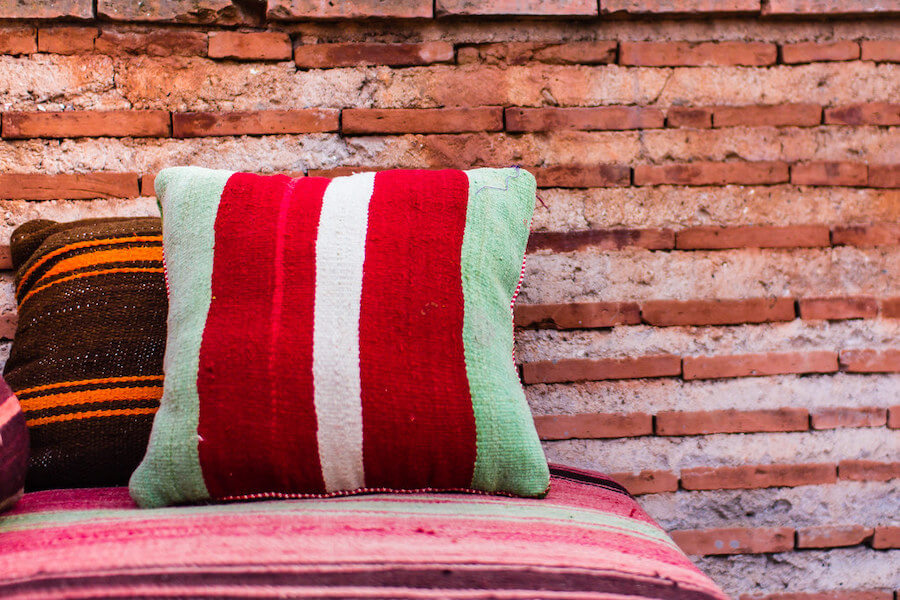Outdoor cushions give your patio a new, sleek look. You will surely enjoy your time there even more. But some homeowners may ask: Can you keep patio cushions outside? Will the external elements ruin the fabric?
To address your problem, we will explain everything about it in detail. Let’s scroll down to find out the best solution for your case!
Table of Contents
Can You Keep Patio Cushions Outside?
Yes, you may leave your patio cushions outdoors. However, you’ll need to bring them inside sometimes and take certain preventative steps if you want to extend their lifespan.
Keeping the cushions on the patio all the time has pros and cons. You should consider both sides to determine whether to do it or not.
Benefits
You can use your patio whenever you want if you leave your patio cushions outside. Then, you won’t have to take them out of storage because they are already in place.
Moreover, your outdoor space seems more personalized and welcoming if the patio cushions are outside. Passersby will admire your aesthetic because patio cushions are there to complete the design.
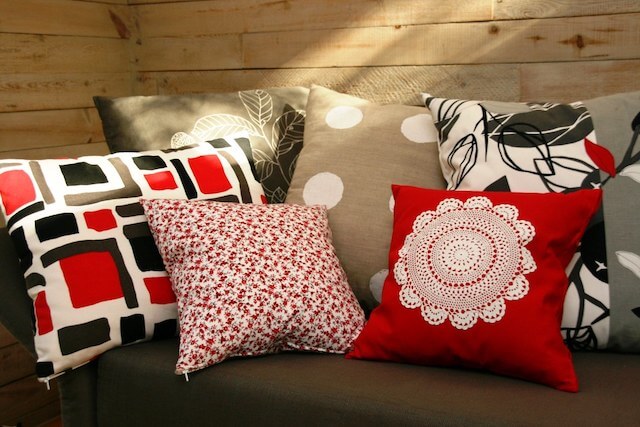
Downsides
Patio cushions are made to ensure external elements; however, it doesn’t mean you can leave them outside regardless of the weather. They will suffer from rain, snow, and UV rays, decreasing their quality.
Leaving outdoor cushions exposed or letting them go without regular cleaning is not a good idea. Sitting or lying on smelly things like decaying food, or even worse, a mattress covered in bugs is the worst experience ever.
- Rain
Your cushions may get entirely soaked by rain. As a result, mildew and mold start to form, which eventually causes damage to the fabrics.
Even water-resistant cushions will eventually deteriorate if kept outside. So, wherever possible, try to keep the cushions dry.
The next section will discuss some tips for dealing with the rain.
- Snow
During the winter, people often store their patio cushions inside because the snow has the same effect as the rain on the fabric.
Your patio may become an ideal environment for bacteria to develop as a result.
- Sunlight
Your cushions may become faded by the sun’s UV rays, particularly if you live in a hot area with few options to protect yourself from the sun.
Don’t let a lack of attention make your vivid colors fade. When not in use, cover them. You may also keep them in patio storage units for quick access while not in use.
When the weather becomes hotter, there is a rise in heat exposure. If at all possible, keep your cushions indoors in a closet or a room with steady temperature and humidity.
You may avoid accumulating moisture and heat by keeping cushions in airtight containers. You can also keep them close to the fridge in a well-equipped basement.
- Animals
Although we might like the adorable little animals that run around the area, they may be a headache on outdoor patio cushions.
Animals may also be dangerous to patio cushions, causing rips in the fabric. Sometimes, you may even find excrement or urine on the sofa.
- Wear and tear
Even without harsh weather conditions, outdoor furniture will be exposed to more risks. As a result, they will wear and tear quickly.
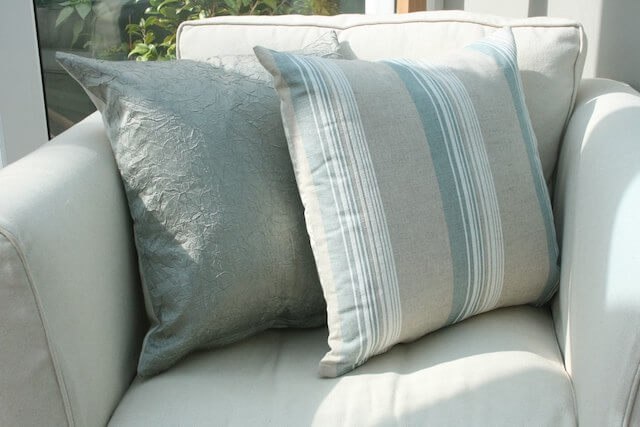
How To Protect Your Patio Cushions?
Certain items are worthy investments since they will add years to the lifespan of your outdoor cushions. You can try these.
Water-resistant covers
Moisture can grow anytime, especially when you least expect it.
For example, forgetting to bring cushions inside when it’s raining will allow moisture to accumulate.
Morning dew is another enemy as it causes dampness. Or, you or your guests may accidentally spill beverages on the cushions, making them wet.
Covering the outdoor cushions with water-resistant material will prevent corrosive moisture from ever having an opportunity to destroy them.
If you choose this method, go for removable coverings. Put them over your couches or furniture to shield it from the weather, and put them out when you want.
This additional defense will be beneficial, but it might sometimes trap moisture within the cover and stimulate mold formation. So remember to wash it regularly to get rid of mold and mildew.
Sun covers
Sun covers will be a simple way to keep the fabrics from fading because they work like water-resistant covers. You don’t have to worry about looking boring because they are available in beautiful designs.
When not using the cushions, you may wrap them with sun covers. Then, remove them whenever you want within a few seconds.
Storage containers
You can keep your patio cushions in storage containers. They can keep moisture and sunlight out while helping the fabrics maintain their color.
Storage containers should be airtight so that no moisture can enter. You can put them close to the deck and access them at any time.
You have many choices when it comes to patio storage containers. There are several ways to store various outdoor items in attractive ways, from giant storage boxes to small ones. They look stunning enough for you to use them as decorations.
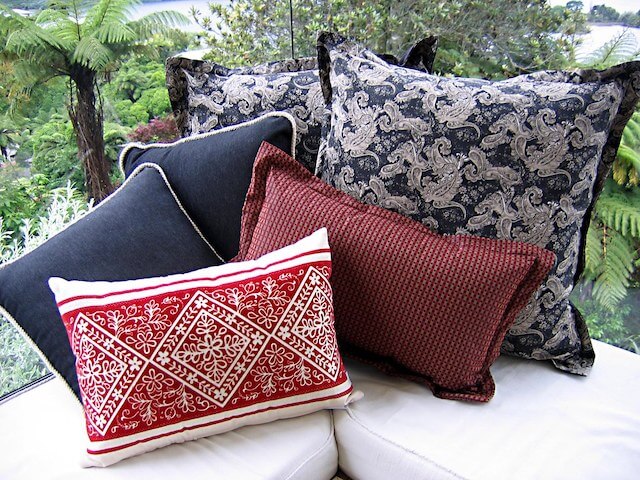
How To Dry Patio Cushions After The Rain?
Wet cushions are terrible. They will smell, giving you an annoying experience. Moreover, harmful bacteria find these places perfect for developing.
Luckily, there are several methods for drying the cushions properly. The most effective techniques are as follows:
Wash your cushions
Cleaning your outdoor cushions on purpose helps accelerate the drying time.
Wash carefully by hand or in a washing machine with mild detergent and warm water to eliminate germs and unwanted buildup.
Removing the pollutants in the cushions helps them last longer. Therefore, even if they may become wetter temporarily, they will dry out with minimal damage.
However, avoid drying your patio cushions in the dryer. This device will cause damage rather than just drying the fabric.
Steam clean the fabric
Cleaning your cushions with steam is an excellent solution. Any remaining water will evaporate with the aid of the steam’s heat. The hot steam can also get rid of any mildew or mold that has formed.
Make sure that there is only clean water in the clean steamer. Otherwise, you will actually stimulate the growth of bacteria.
Stand the cushions up.
Cushions may retain moisture longer if left flat. On the other hand, the water can drain out more quickly when you stand them on one side, keeping them vertical.
If your cushion has a grain, find it and place the cushion until the grain is parallel to the floor. This method makes it simpler for water to drain.
Dry the cushions in the sun.
Your cushions may dry up more quickly with direct sunshine.
Try wringing out the patio cushions a little bit by hand if you’re afraid they’re too soggy. Doing this can squeeze excess water out of a soaked cushion.
Depending on the weather, direct sunshine allows for a fantastic dry time. If the day is hot and there is lots of light, your cushions can dry quickly.
Yet, colder days may have longer dry times, and more rain will damage the fabric.
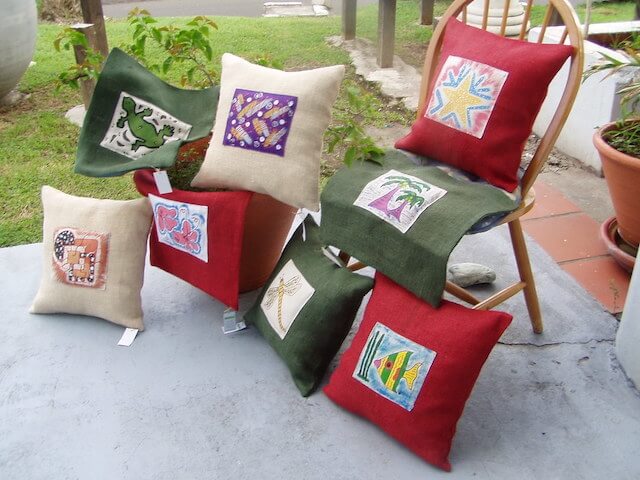
Use fans or blowers
Wind and heat can dry things up. As a result, we often hang our clothes in the sun where the wind is blowing.
Increased airflow will speed up water evaporation and shorten the time it takes for your cushions to dry. Due to their ability to blow hot air, blow dryers can operate somewhat faster.
However, using a dryer necessitates holding it the whole time. Never leave it unattended since your carelessness might result in a fire.
Besides, do not set the dryer at a too high heat level. The intense heat will ruin the texture of your cushion.
Another method for drying wet cushions is using a standing fan. Like the dryer, it promotes airflow to accelerate water evaporation.
Place your cushions next to the standing fan so the blowing air can contact them.
The drying time will be longer than with a blow dryer, but you don’t have to watch the fan all the time. Moreover, there won’t be any risks of intense heat.
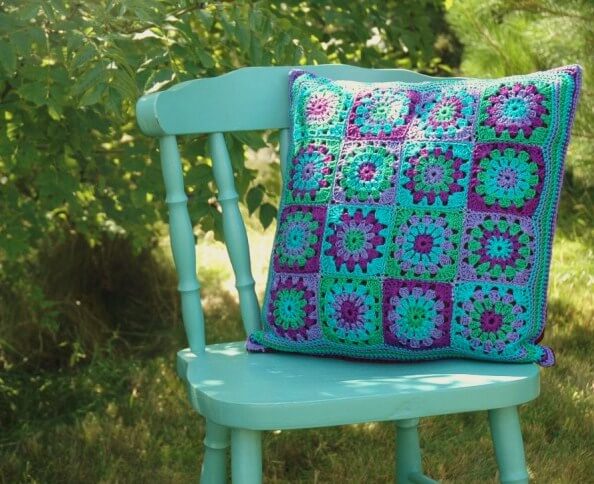
Conclusion
You can leave your patio cushions outdoors, but ensure the weather is pleasant. If not, bring them inside to protect the fabric.
We recommend using covers and outside storage containers to keep the cushions safe. They are easy to use and perform an excellent task of shielding the cushions.
Hopefully, you will find this article helpful. If you have any questions, please feel free to ask. Thank you for reading!

